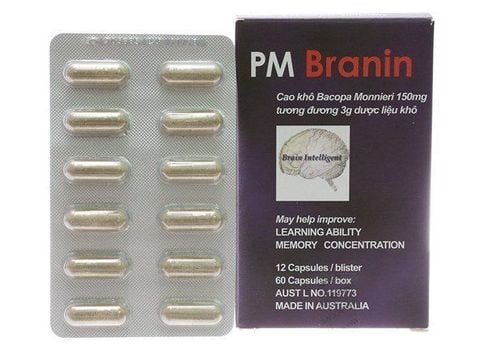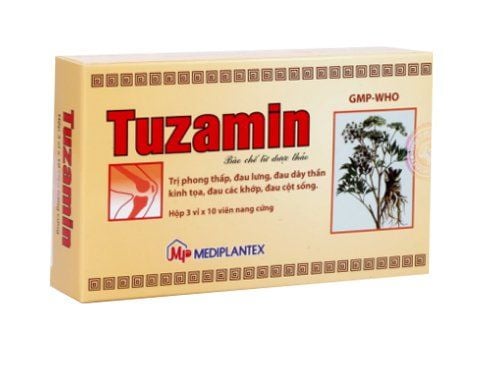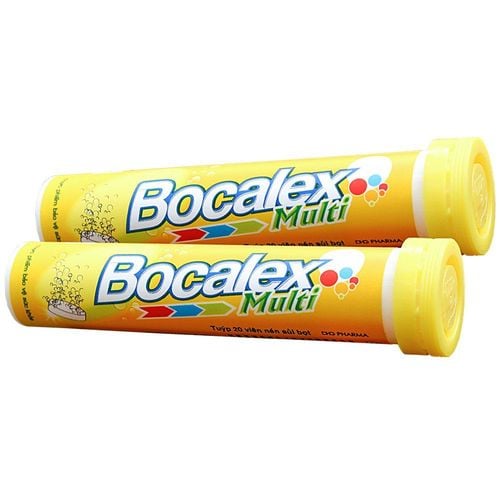This is an automatically translated article.
Perilla leaf is an herb that mainly grows in Asian countries. It is a common ingredient in TCM practices in combination with other herbs to help treat various health conditions. This herb has a number of different health benefits.
1. What is perilla?
Perilla is a shrub in the mint family. The shrub mainly grows in the Asian continent, including India, Japan, Korea and China. Communities in these regions grow perilla as a food source because it is rich in nutrients. The plant produces perilla oil, a rich source of healthy fats, protein, and other essential vitamins and nutrients. Other names for perilla include basil, rattlesnake, weed, purple mint, wild sesame, and shrub perilla.
Plants have two main types, purple leaves and green leaves. It can grow to a height of 60 to 90 cm. This plant is highly resilient and can grow on a wide variety of soils, including gravel, sand, and loamy soil. The tree is characterized by a slightly square, unbranched trunk.
Eating perilla leaves daily is good for health. However, the dried leaves often give the tea a better taste and aroma than the fresh ones. Perilla leaves also make a great garnish and they are a common ingredient in Asian cuisine. The leaves make delicious soups and salads, and they're also popular in sushi dishes. This herb is a beautiful and fragrant garden plant with an alluring mint scent.
2. The benefits of perilla leaves reduce colds
Many different cultures in Asia use leaves. For example, Japanese cultures have used leaves to garnish seafood dishes. Some cultures use its seeds to make oils for dyes, inks, and varnishes. Dried leaves also have medicinal uses for many health conditions, bone health and respiratory function.
In Vietnam, perilla leaves are an ancient medicinal herb for the treatment of colds and flu, including coughs, headaches and congestion, especially in children. Perilla leaf extract is warm and mild, which may play a role in its effectiveness against coughs and other respiratory conditions. Experts in the ancient medical technique believe it also disperses stagnant qi, helps relieve stress, and may help treat mood disorders.
According to research, the Song dynasty was the first civilization to use this herb as an ingredient in some medicinal recipes. However, by the Han Dynasty, perilla was well known as a potent medicinal herb. Some techniques combine perilla shiso with ingredients like cyperus, ginseng, frankincense, and citrus.
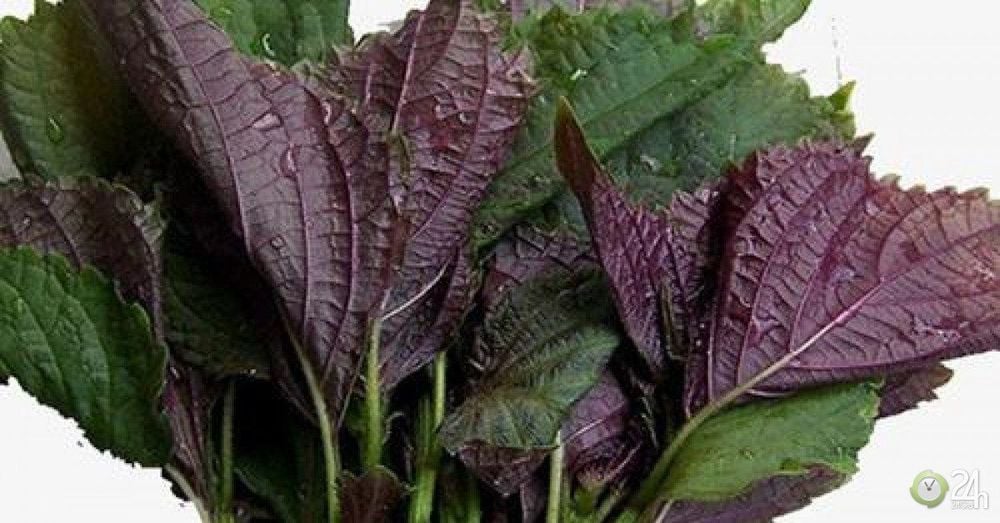
Lá tía tô điều trị các chứng cảm mạo phong hàn, bao gồm ho, nhức đầu và tắc nghẽn
3. Other benefits of perilla leaves
3.1. Reduce Cholesterol
Perilla leaves have the ability to support heart health by regulating cholesterol levels in the body. The seeds contain essential oils that increase healthy cholesterol levels, which help prevent many heart disorders, including stroke, heart attack, and atherosclerosis. In addition, this herb can also help prevent plaque from building up in blood vessels. In addition, this plant is rich in antioxidants that can help fight oxidation and keep cholesterol from building up in the arteries.
3.2. Reduce mental stress
Perilla leaves are rich in antioxidants that can have a positive effect on dopamine in the brain, which plays a role in mood. Antioxidants can stimulate the production and release of dopamine and research claims it can even help treat depression. In Ayurveda, essential oils from the seeds function as a tool to deal with other forms of mental stress, such as anxiety and panic disorders.
3.3. Immune Health
According to studies, perilla can also help stimulate the immune system and improve the body's ability to fight diseases and infections. The study concluded that this herb may help regulate inflammatory activity.
3.4. Digestive Health
Perilla leaves are rich in flavonoids that can help relieve digestive symptoms, such as an upset stomach. Flavonoids can also help eliminate bloating and nausea. Additionally, the leaf oil from perilla can help minimize inflammation in the stomach to support healthy digestion.
3.5. Oxidative stress
Perilla extract may also reduce oxidative stress, a study linked to various health complications, including cancer and heart disease. If the body has large numbers of free radical molecules, they can cause oxidative damage. Since this herb is rich in antioxidants, it can help prevent free radicals from damaging the body.
3.6. Oral health
Perilla leaves can also successfully support oral health thanks to its antibacterial properties. It contains luteolin, a chemical compound that prevents tooth decay. Studies show that its leaves and seeds have the ability to reduce harmful bacteria in the mouth, which can help prevent tooth decay and other types of damage to oral health.
3.7. Skin Health
According to research, perilla leaves can also support healthy skin. For example, they can protect the skin from the sun's UV rays and potentially reduce the risk of sun damage and possibly even skin cancer. Additionally, shiso oil can also reduce breakouts, including blackheads and acne. In fact, it is a common ingredient in many cosmetic products. It works well with acne-prone skin because it's gentle, but it also has antibacterial and anti-inflammatory properties.
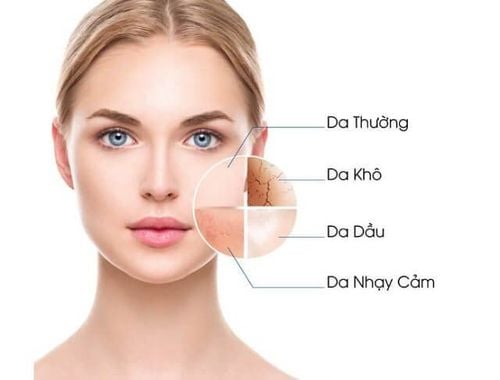
Lá tía tô cũng có thể hỗ trợ làn da khỏe mạnh
3.8. Respiratory health
According to research, perilla extract can support respiratory health by reducing symptoms associated with the common cold and flu, seasonal allergies, bronchitis, and asthma. The extract is rich in alpha linolenic acid, luteolin, and rosmarinic acid that clear the airways and help support easy breathing. Research indicates that the extract has the ability to significantly increase lung capacity. In addition, the rosmarinic acid in perilla extract can help prevent allergies and skin inflammation.
4. Nutritional composition of perilla leaves
Researchers praise perilla for its high nutrient content, which makes it a great ingredient in many meals.
It is not common to find edible leaves containing fat. However, every 100g of shiso leaves contains only 1g of fat. Fortunately, the leaves have only unsaturated fats, which, unlike saturated fats, do not increase the risk of heart disorders. Instead, the fats in this diet promote overall health.
Please dial HOTLINE for more information or register for an appointment HERE. Download MyVinmec app to make appointments faster and to manage your bookings easily.





